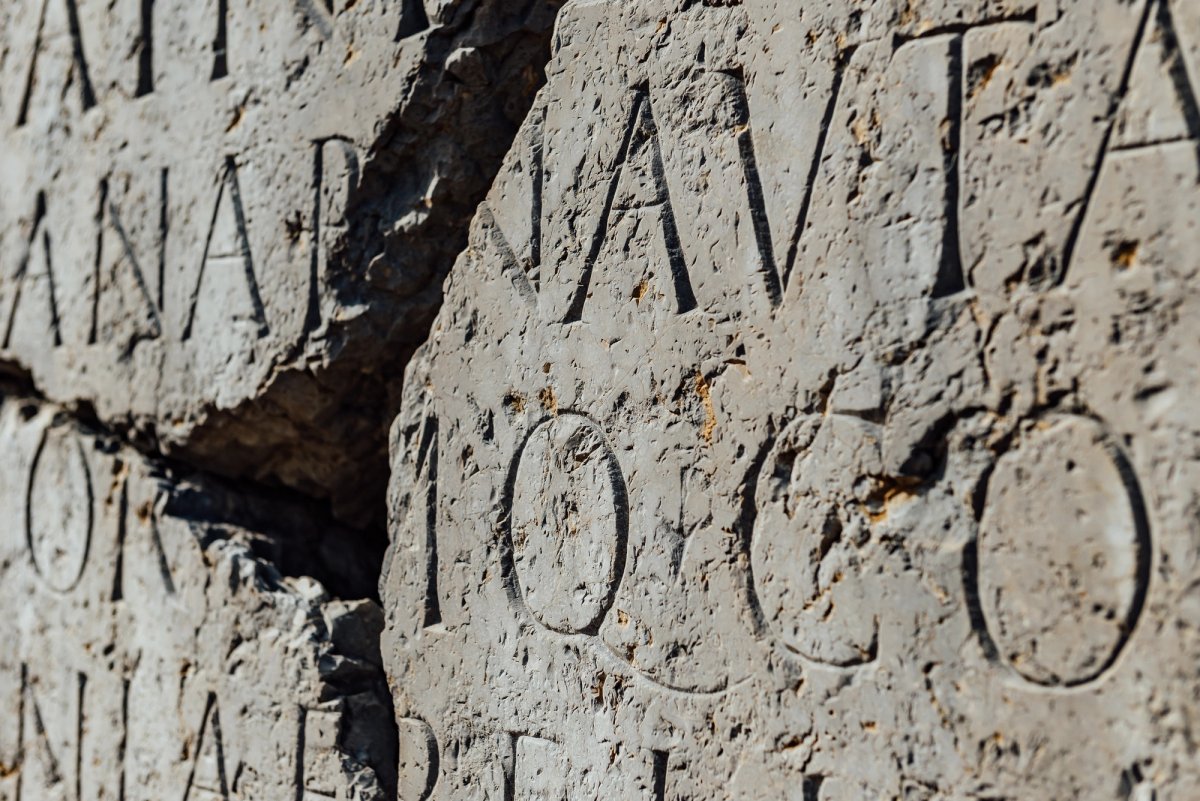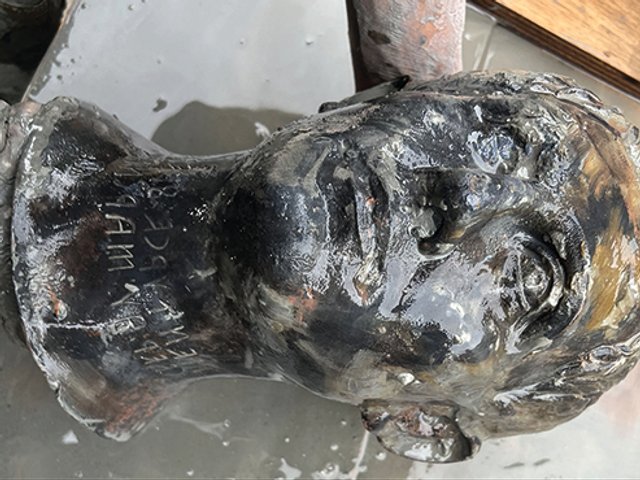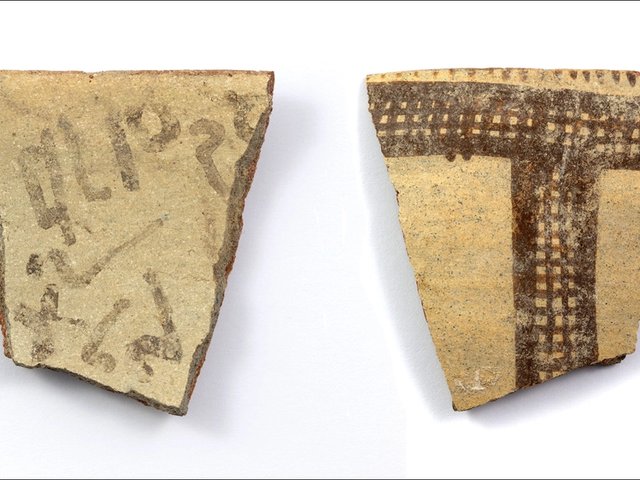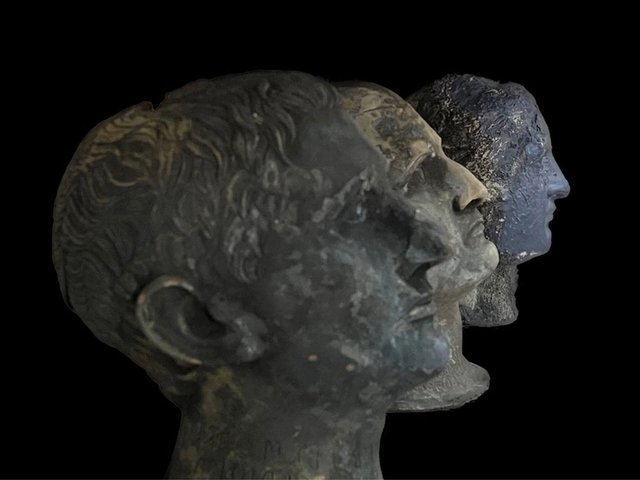Researchers are using artificial intelligence (AI) to reconstruct the missing parts of ancient Roman inscriptions. A new AI tool, named Aeneas after a hero from Greek and Roman mythology, analyses thousands of Latin inscriptions to predict lost text—and can even suggest when and where an inscription was written.
“[Aeneas is] the first AI model designed to contextualise ancient inscriptions,” says Thea Sommerschield of the University of Nottingham in the UK, who worked with the tech company Google DeepMind on the project. “Aeneas helps historians interpret, attribute, and restore fragmentary Latin texts.”
Around 1,500 Latin inscriptions are discovered each year—on buildings, ancient artefacts and more—but these are often incomplete due to damage, such as breakage or erosion. Experts use their specialist knowledge to search for similar inscriptions to help reconstruct these lost words and sentences, but this can take a long time and involves the analysis of hundreds of texts.
“These texts are often damaged, we usually don’t know where and when they were written,” Sommerschield says. “Studying history through inscriptions is like solving a gigantic jigsaw puzzle, only this is tens of thousands of pieces more than normal and 90% of them are missing, because that’s all that’s survived for us over the centuries.”
Aeneas, meanwhile, can predict an inscription’s missing text, even when the length of the lost section isn’t known. It can also suggest a probable place of origin, identify similar inscriptions and assign the text a date, sometimes to within a 13-year time frame. It makes these connections by searching for similar examples drawn from a dataset of 176,861 Latin inscriptions. These writings were produced from the seventh century BC to the eighth century AD, and in locations ranging from Roman Britain all the way east to Mesopotamia.
To test the AI-based tool the team examined the Res Gestae Divi Augusti, a lengthy Latin inscription from the time of the Roman Emperor Augustus, inscribed on the walls of the Temple of Rome and Augustus in Ankara, Turkey.
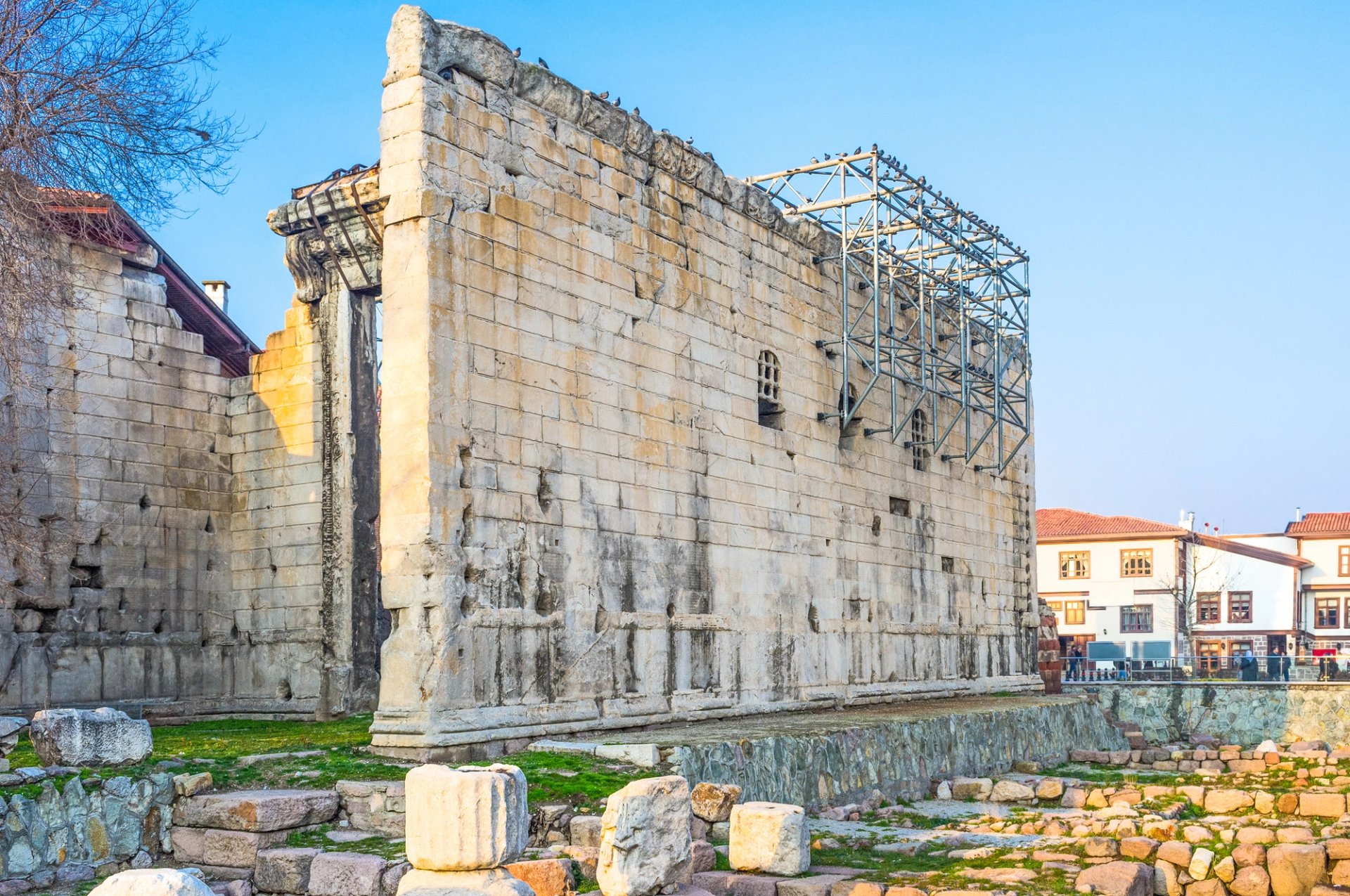
Walls at the Temple of Rome and Augustus in Ankara, Turkey are inscribed with the Res Gestae Divi Augusti, a lengthy Latin inscription which was examined by Aeneas
Photo: efesenko
Exactly when this text was composed in Augustus’ reign has long been debated, creating a challenge, but Aeneas successfully assigned dates in line with those proposed by historians, as well as parallel inscriptions. When Aeneas examined the inscription on a votive altar from Mainz, Germany, it correctly estimated its date to around 214 AD, identified it as produced in the Roman province of Germania Superior, and proposed restorations for its damaged text. Sommerschield describes these results as “jaw-dropping moments” for the team. More information on the new tool was published in the journal Nature.
“Having [Aeneas] doesn’t mean that all of the work that historians currently do has to be set aside,” Sommerschield notes. “But to have Aeneas at your side while you’re in the museum, for instance, or at the archaeological site where a new inscription has just been found, that is our dream scenario.”


